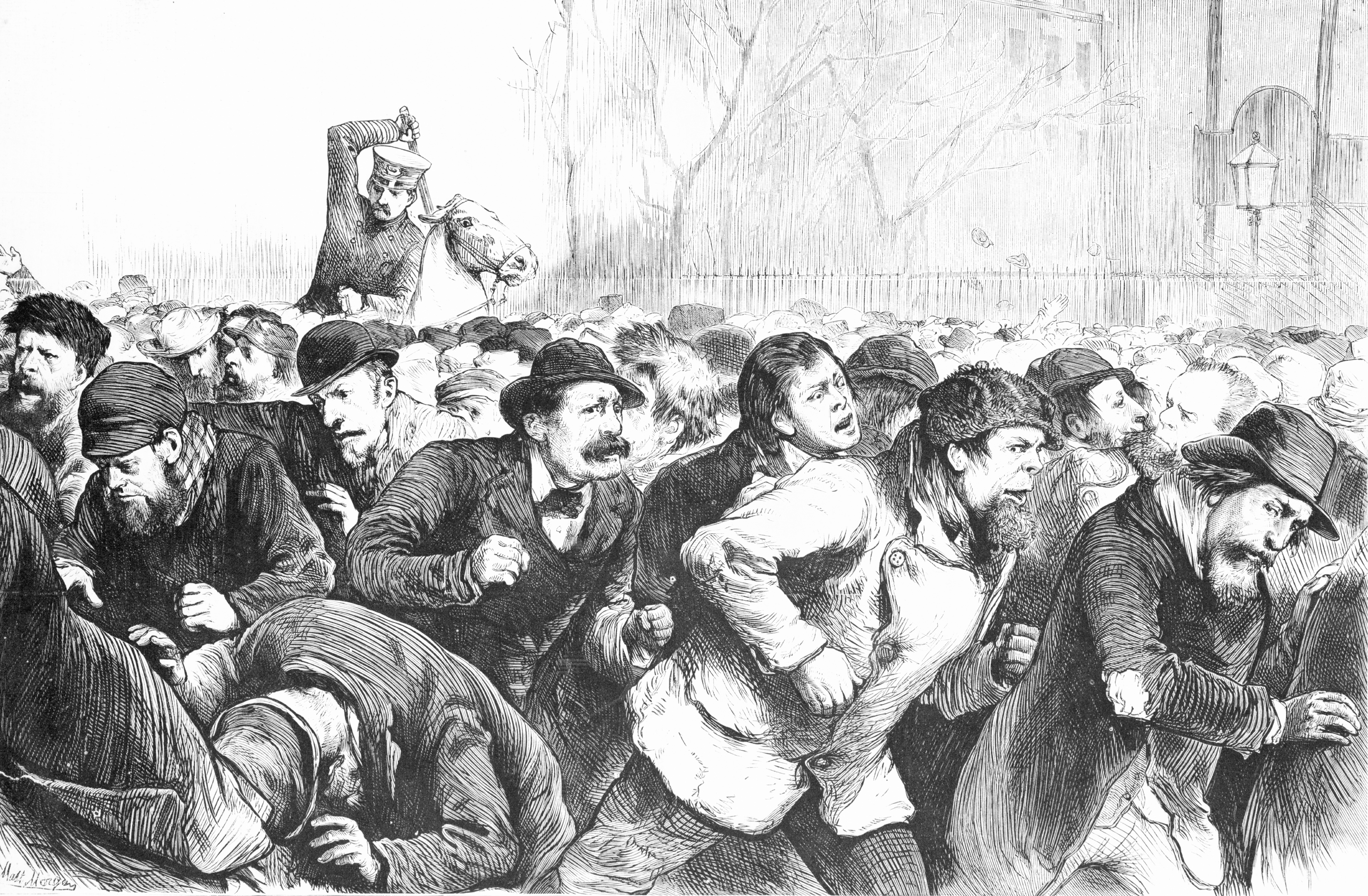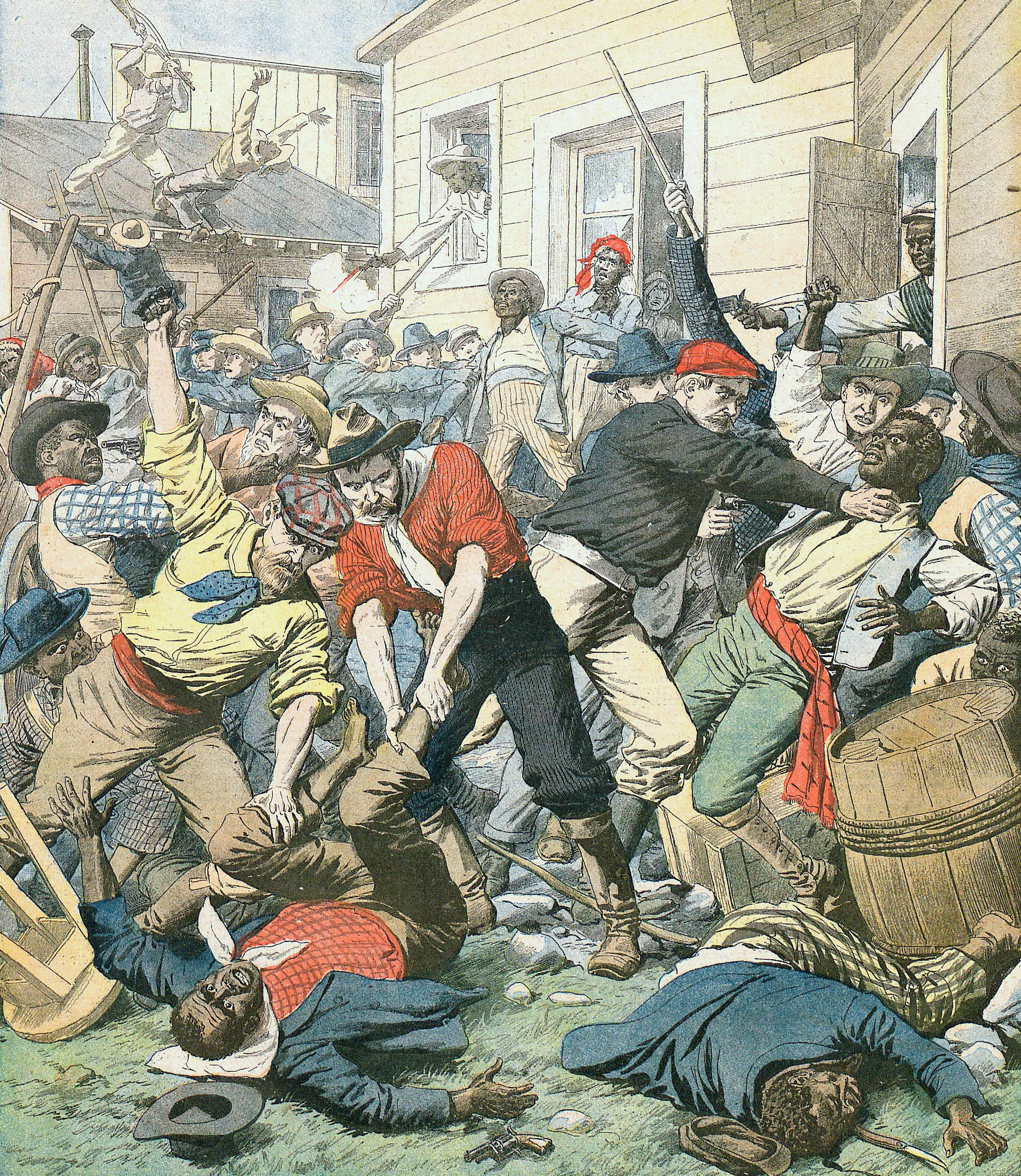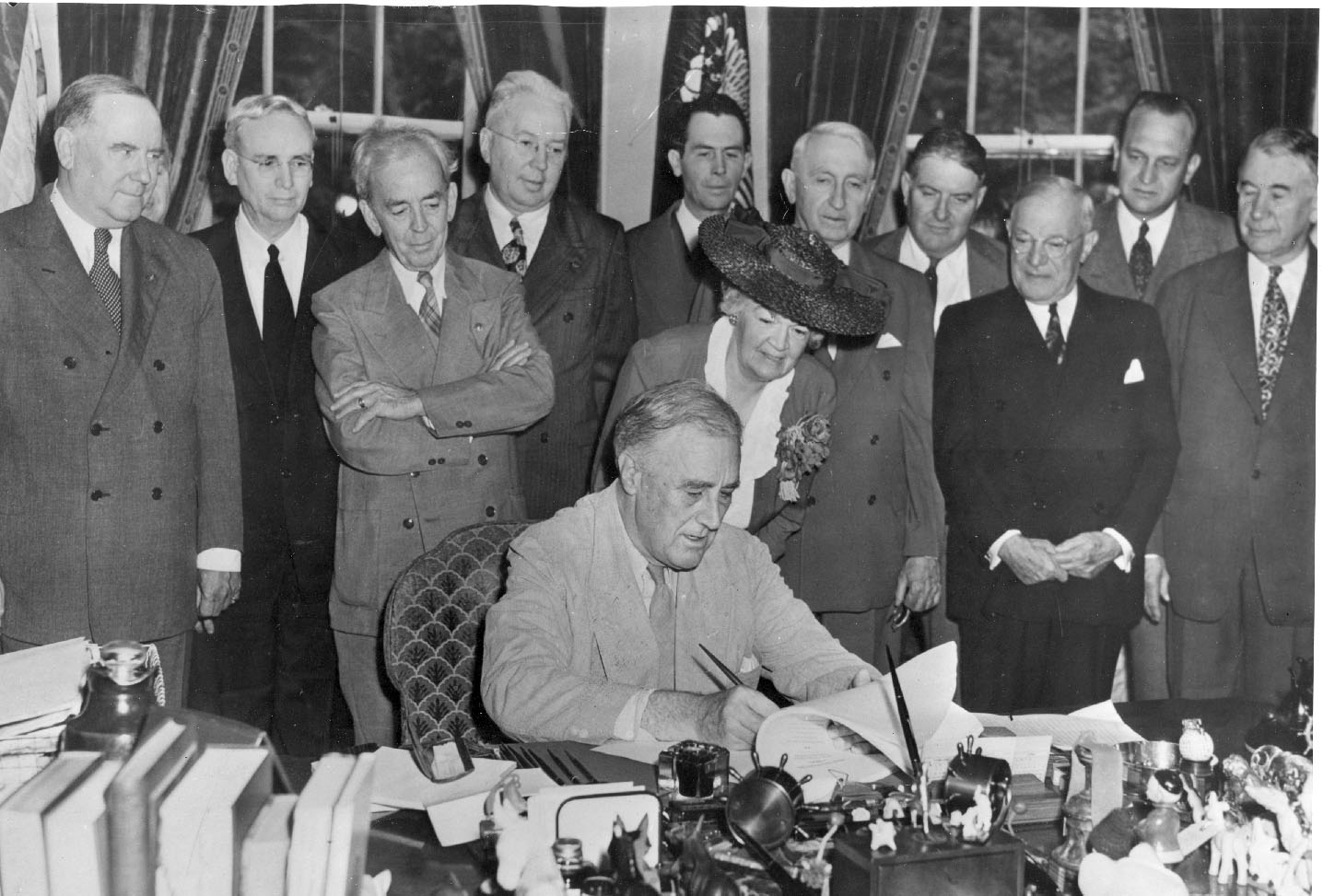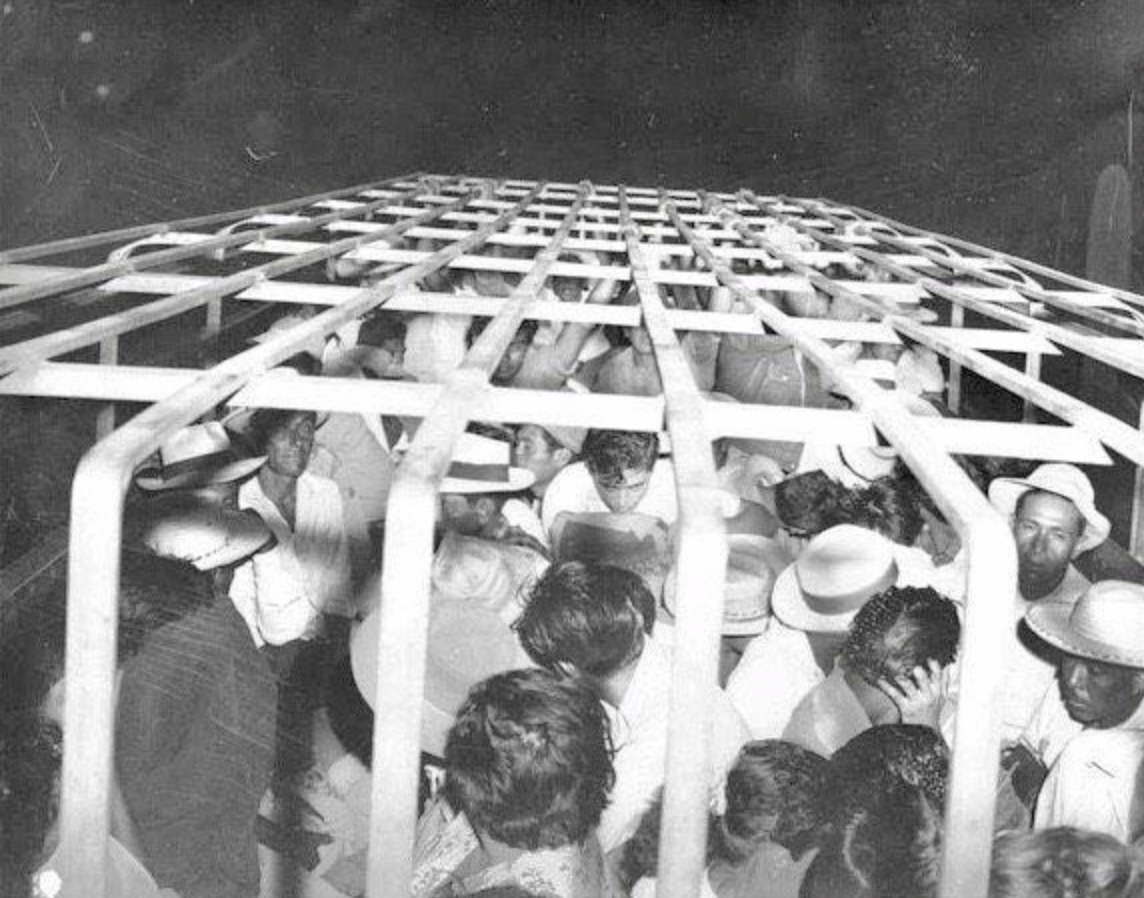History often arrives without fanfare. Away from the loud moments, quiet pivots redirected laws, markets, and daily life. A bank panic hardened class lines, a river flood forced Washington to redesign the Mississippi, and a memo taught business how to organize power. Maps ranked neighborhoods and locked in wealth, while immigration rules rewrote the family album. What emerges is practical and human. Policy meets pressure, then settles into deeds, diplomas, commutes, and votes, the ordinary record that shapes who thrives and who waits.
Panic of 1873 and the Long Depression

Triggered by railroad speculation and bank failures in 1873, credit collapsed and unemployment dragged on for years. The downturn slowed Reconstruction, shifted politics toward hard money, and hardened distrust of paper credit. Factories consolidated, wage work grew precarious, and urban relief networks learned the limits of charity. By the time recovery arrived, the habits of austerity and caution had settled in, shaping labor conflict, city budgets, and the rhythms of the Gilded Age.
Wilmington Coup of 1898

In Nov. 1898 a white supremacist mob in Wilmington, North Carolina, overthrew a multiracial city government, murdered Black residents, and exiled elected officials. The coup became a model for Jim Crow rule, justifying voter suppression and one party control. Insurance claims went unpaid, property changed hands under fear, and families scattered. The memory was buried for decades, yet its methods spread, shrinking representation and reshaping Black wealth far beyond the Cape Fear coast.
Red Summer of 1919

In 1919 more than three dozen cities saw racist riots as veterans returned and the Great Migration remade neighborhoods. Chicago burned along the lakefront, Washington reeled from street battles, and smaller towns faced terror that drove families to move again. The violence forged new civil rights networks, hardened federal surveillance, and cut invisible borders into housing patterns. Churches and newspapers carried mourning and resolve into a restless new decade.
Great Mississippi Flood of 1927

Heavy rains and levee failures in 1927 drowned towns from Cairo to the Gulf, displacing hundreds of thousands into camps. Relief favored landowners while coerced labor guarded levees, exposing class and race in plain view. Washington took lasting control of flood policy, carving spillways and walls that still direct the river. The disaster sped Black migration to northern cities and shifted the map of the blues, proof that engineering and politics often move in the same current.
HOLC Maps and the Architecture of Redlining

In the 1930s the Home Owners Loan Corporation graded city blocks and colored maps that lenders used for decades. Neighborhoods marked in red, often Black or immigrant, were denied credit while greenlined suburbs gathered equity through mortgages and schools. The pattern quietly structured inequality street by street. Even later civil rights wins could not unwind appraisal habits, tax bases, and commute times that compounded across generations and still shape who buys and who rents.
1934 West Coast Waterfront Strike

Longshore workers shut West Coast ports in 1934, demanding union hiring halls and safer piers. Clashes in San Francisco turned public sympathy, and a general strike briefly froze the city. The settlement created durable union power on the docks, lifting wages and stabilizing schedules for generations. The strike showed how disciplined organization, media craft, and solidarity across trades could reset the balance between labor and shipping capital along the entire Pacific coast.
Unequal Promise of the G. I. Bill, 1944

The G I Bill opened college doors and subsidized mortgages in 1944, fueling suburban growth and a skilled middle class. Access ran through local banks, colleges, and VA offices that often excluded Black veterans. Diplomas and deeds clustered in specific zip codes, shaping who built equity and who rented. The policy’s brilliance and bias traveled together, a reminder that universal laws can yield unequal outcomes when gatekeepers hold the keys to opportunity.
Operation Wetback, 1954

In 1954 a federal campaign swept farms and cities to deport undocumented Mexican laborers, often ignoring due process and family ties. Raids chilled organizing in fields, disrupted remittances, and widened fear on both sides of the border. Yet agribusiness soon turned back to cross border labor, exposing an economy that demanded workers while criminalizing their presence. The pattern helped define modern enforcement and the seasonal precarity that still shapes rural life.
Hart Celler Act, 1965

By ending national origin quotas in 1965, the Hart Celler Act reopened doors to Asia, Africa, and parts of Latin America. Family reunification and skilled visas changed classrooms, cuisines, and tech teams, while suburbs and political coalitions shifted. Over time new cultural mainstreams emerged, from film to food to bilingual ballots. The law did not fix every bottleneck, yet it reshaped the country’s future family album and widened who could imagine a home here.
The Powell Memo, 1971

In 1971 a memo by Lewis Powell warned the business community that its influence was slipping and urged coordinated investment in law, media, and policy shops. Foundations and litigation centers soon grew, translating boardroom aims into legislation and court strategy. The document did not act alone, but it offered a playbook for modern lobbying and narrative framing. From deregulation to judicial pipelines, its quiet influence still hums in the background.


